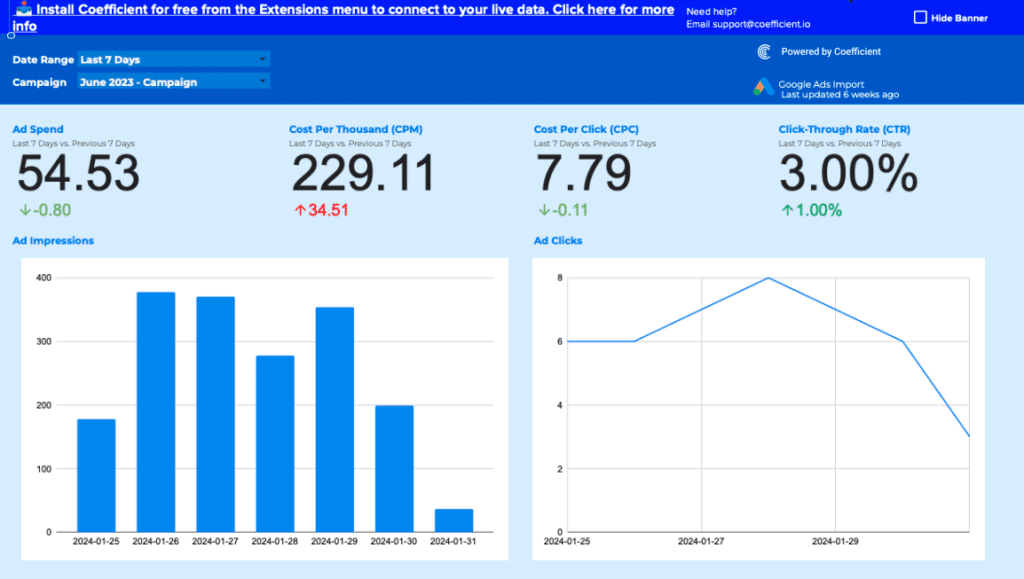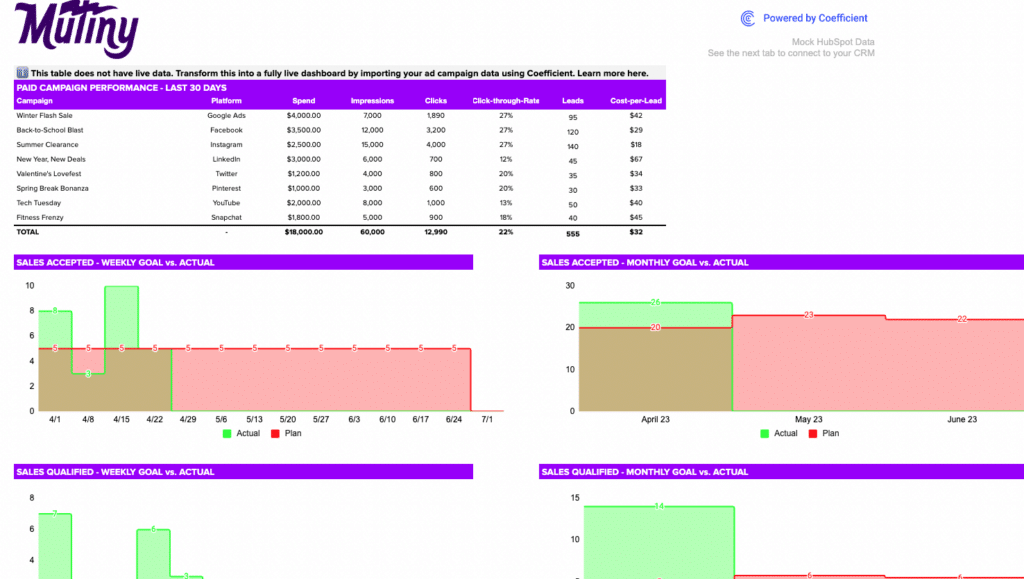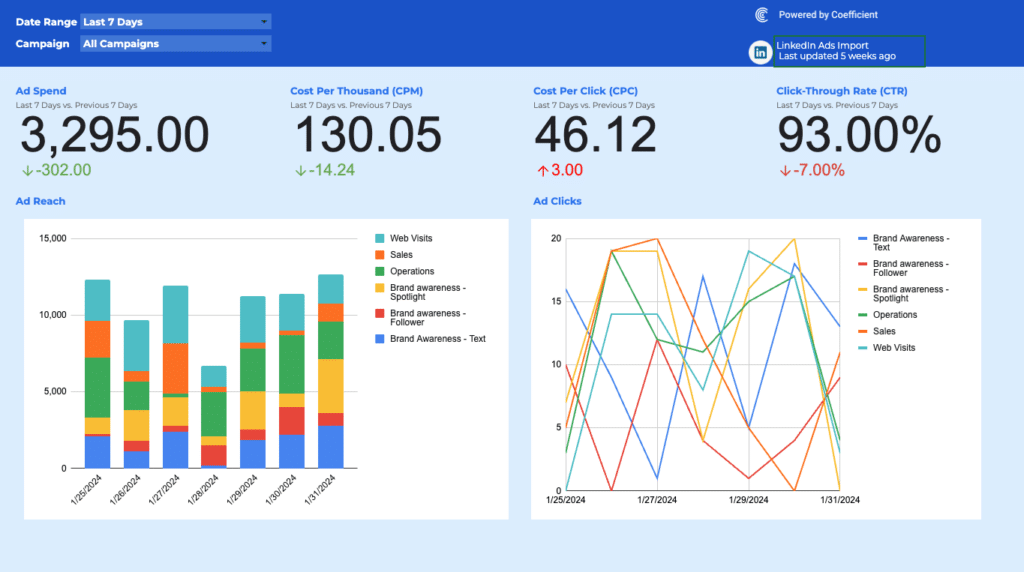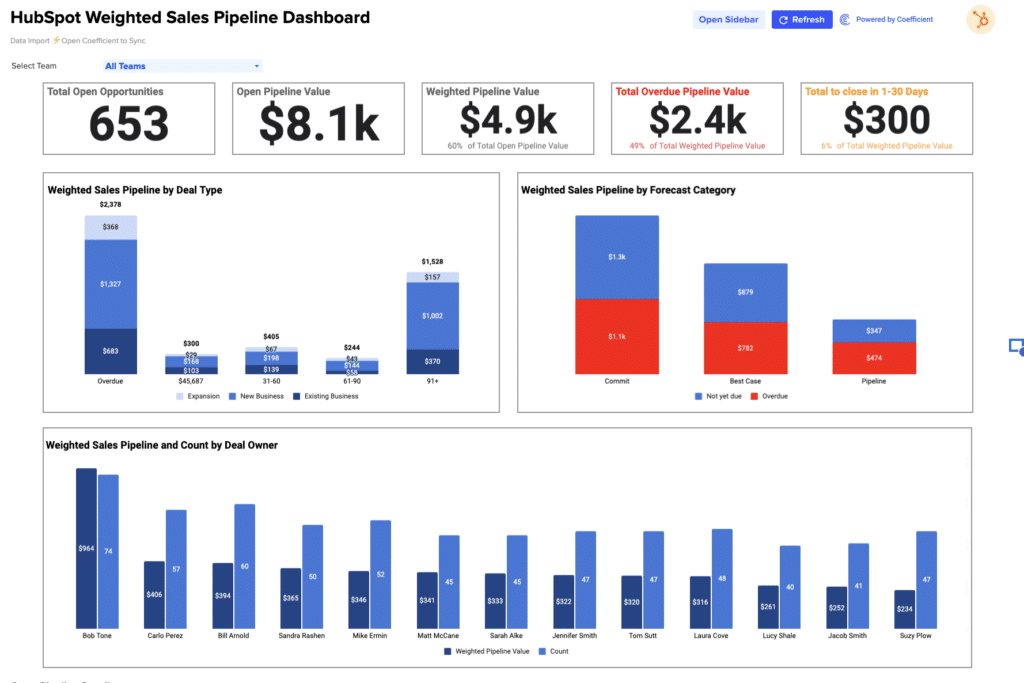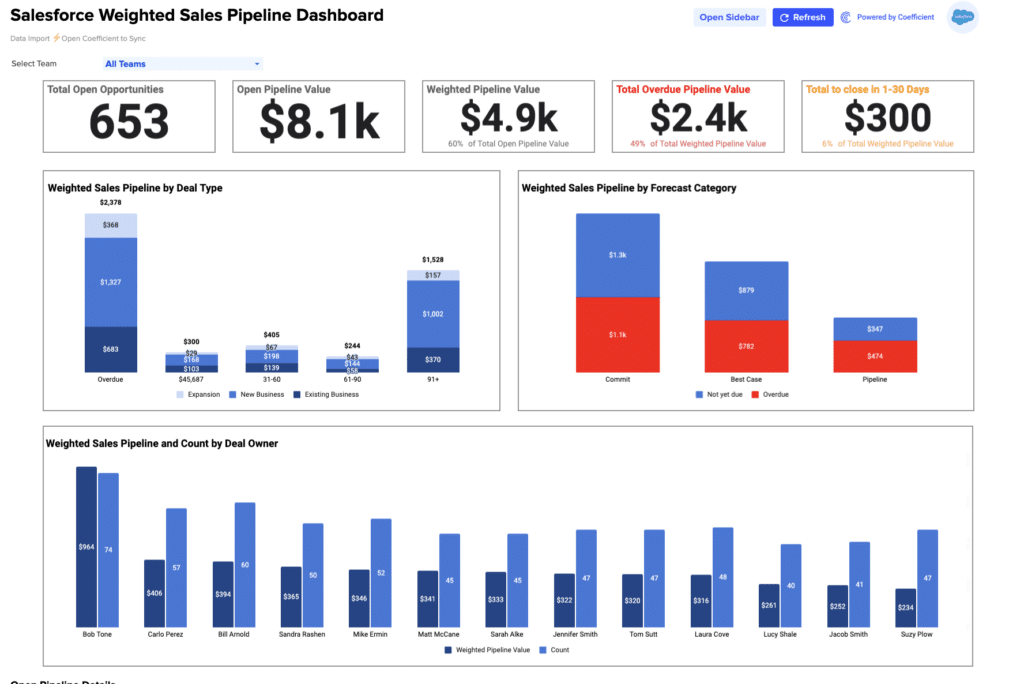Ad Frequency = Total Impressions / Total Reach
Optimize Your Ad Impact with Our Ad Frequency Calculator
In today’s digital marketing landscape, striking the perfect balance between visibility and audience fatigue is crucial. That balance is measured by ad frequency – a key metric that determines how often your audience sees your ads. Our Ad Frequency Calculator is designed to streamline this analysis, allowing you to maximize both impact and efficiency in your digital campaigns.
Why Choose Our Calculator?
- Say goodbye to complex manual calculations of ad frequency!
- Integrate effortlessly with your digital marketing tools for real-time insights.
- Customize to fit the specific analysis needs of varying campaigns.
This straightforward formula above calculates the average number of times an individual within your target audience gets exposed to your ads, offering a clear metric for ad visibility and saturation in your campaigns.
Calculation Guide: Effective Ad Frequency Analysis
- Gather Impressions: Sum up the total number of ad impressions across your campaign.
- Define Reach: Calculate the total number of unique individuals who have seen your ad.
- Compute Frequency: Divide the total impressions by the total reach to find your ad frequency.
KPI Overview: Delving into Ad Frequency
Ad Frequency plays a pivotal role in optimizing digital advertising campaigns. It’s a crucial metric that helps advertisers understand the balance between ad exposure and potential audience wear-out, directly influencing campaign effectiveness and audience engagement.
The Strategic Importance of Monitoring Ad Frequency
- Optimized Exposure: Ensure your ads are seen enough to drive action without overexposure.
- Audience Engagement: High frequency can lead to ad fatigue, lowering engagement rates.
- Budget Allocation: Optimize spending by avoiding wasteful overexposure.
Real-world Example: Refining Strategy with Ad Frequency Insights
Consider a tech company that launches a display ad campaign with a total reach of 100,000 people and accumulates 500,000 impressions. Initially, the ad frequency stands at 5. Realizing the potential for ad fatigue, the company adjusts its targeting to broaden reach, thus optimizing the frequency and enhancing campaign engagement without increasing spend.
Proven Strategies for Optimizing Your Ad Frequency
- Audience Segmentation: Diversify your target audience segments to manage exposure levels more effectively.
- Ad Variation: Rotate different ads within the same campaign to maintain interest and reduce fatigue.
- Strategic Retargeting: Implement retargeting carefully, focusing on high-intent users without overwhelming them with repetitions.
- Data-Driven Insights: Continuously monitor campaign metrics to adjust frequency for optimal engagement.
- Feedback Loops: Employ surveys and engagement metrics to gauge audience sentiment, adjusting strategies as necessary.
Step-by-Step Tutorial: Calculating Ad Frequency in Google Sheets
- Title cell A1 as “Total Impressions” and enter the impressions count in A2.
- Label cell B1 as “Total Reach” and insert the reach count in B2.
- In cell C1, state “Ad Frequency”.
- Enter the formula `=A2/B2` in cell C2 to execute the ad frequency calculation.
- Hit Enter to display the Ad Frequency result in cell C2.
Key Considerations
Remember, optimal ad frequency varies by campaign, medium, and audience. Continuous testing and adjustment based on performance data are essential to find the sweet spot for your specific objectives.
When to Utilize the Ad Frequency Calculator
- During campaign formulation to set initial frequency caps.
- In mid-campaign adjustments based on ongoing performance metrics.
- While analyzing campaign results to inform future strategy.
- To mitigate ad fatigue in long-duration campaigns.






